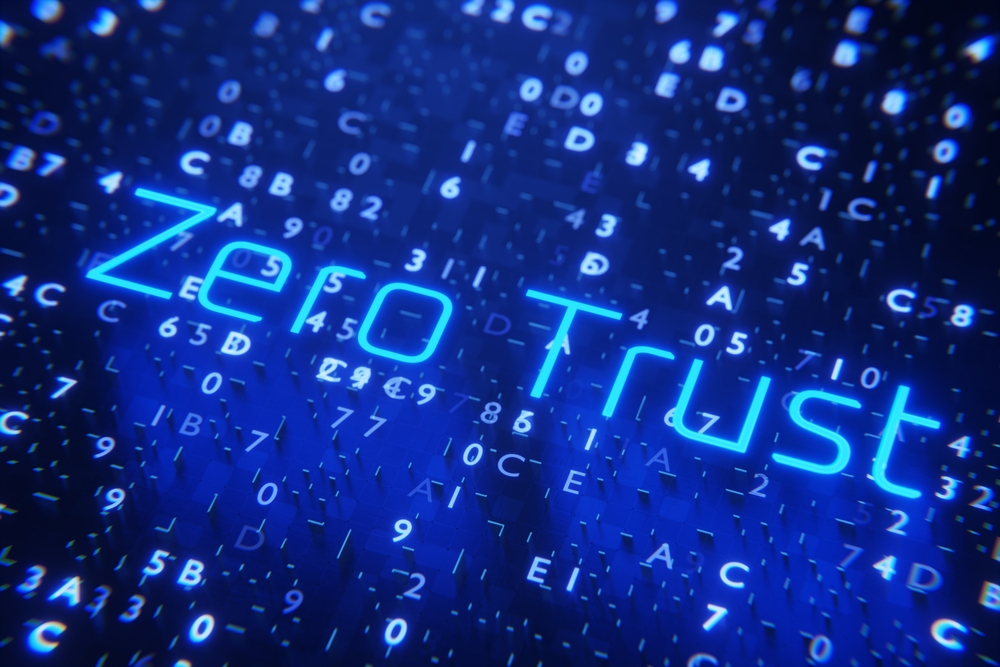
Zero-trust network access (ZTNA) is a modern cybersecurity paradigm that redefines how organizations secure their digital infrastructure. Unlike traditional security models that often rely on the assumption that entities within a network can be trusted once they gain access, ZTNA operates on the principle of “never trust, always verify.” This fundamental shift acknowledges that both external and internal threats can emerge and trust should be continuously validated, regardless of a user’s location or network connection.
In a ZTNA framework, authentication and authorization are ongoing processes rather than one-time events. Users and devices must consistently prove their identity and adhere to specific access policies. This approach stands in contrast to the conventional perimeter-based security where, once inside the network, users often enjoy broad access privileges.
ZTNA introduces a dynamic and adaptive security model that ensures that every access attempt is scrutinized and permissions are granted based on the current context and user credentials. This heightened level of scrutiny helps organizations enhance their security posture by minimizing the attack surface and mitigating the potential impact of breaches. It’s no wonder, then, that many organizations are keen on adopting a free ZTNA solution or getting a paid one to ramp up their cybersecurity measures.
The challenges of adopting and implementing ZTNA
Adopting zero-trust network access brings forth a set of challenges that organizations must address to fully realize the benefits of this advanced security model. While ZTNA offers robust protection by redefining the trust assumptions within networks, its implementation is not without hurdles. Here are three key challenges that organizations can encounter when adopting ZTNA
It can be difficult to implement the approach in legacy systems
One of the foremost challenges in implementing ZTNA lies in adapting the approach to legacy systems. Many legacy systems were originally designed under the assumption of a trusted internal network. Because of this, legacy systems typically lack the built-in mechanisms required to support the dynamic and continuous verification processes integral to the ZTNA approach. Overcoming this challenge necessitates careful consideration and, in some cases, substantial modifications to existing infrastructure within the organization so that it can be aligned to the principles of ZTNA. However, newer ZTNA solutions, such as what Mamori.io offers, can be easily implemented even for legacy systems.
The approach can hamper a seamless user experience
Enhancing security often comes at the cost of user experience, and this can be an issue when adopting ZTNA. The implementation of strict verification measures, such as multi-factor authentication (MFA) or continuous monitoring, may introduce additional steps and delays for users. Balancing robust security protocols with a seamless and efficient user experience is a crucial aspect of successfully navigating the adoption of ZTNA.
ZTNA integration can be a complex process
The successful implementation of ZTNA requires the integration of various security tools and solutions into a cohesive framework. This integration ensures seamless collaboration between different components by enabling the continuous verification and authorization processes. Configuring these diverse elements can be a complex task. Successfully dealing with this challenge requires organizations to demand careful planning and execution from their service providers. This way, they can ensure the effectiveness of their overall security infrastructure.
Security that ZTNA offers users and organizations
The above-mentioned challenges are surmountable. Below are some key security features that organizations can use when they implement ZTNA:
Multi-Factor Authentication offers added security
MFA is a fundamental solution in bolstering ZTNA implementations. Requiring users to provide multiple forms of identification, such as passwords, biometrics, or authentication codes, enables organizations to add an additional layer of security. The smart use of MFA fortifies the verification process. At the same time, it acts as a deterrent against unauthorized access, thereby significantly reducing the risk of compromised credentials.
Micro-segmentation limit the movement of potential threats
Micro-segmentation involves dividing a network into smaller, isolated segments. This practice is effective in limiting the lateral movement of potential threats. By compartmentalizing their networks, organizations can minimize the impact of a security breach and confine unauthorized access to a specific segment. This strategic approach aligns with the core principles of ZTNA, which is ensuring that even if one segment is compromised, the rest of the network remains secure.
Continuous monitoring allows prompt response to threats
Real-time monitoring is paramount in the ZTNA framework, as this activity is used in detecting and responding promptly to any suspicious activities. By continuously monitoring network traffic, organizations gain visibility into potential security threats and anomalous behavior. Implementing advanced monitoring tools and analytics leads to proactive threat detection, which then allows organizations to stay ahead of potential security risks and respond rapidly to incidents.
Understanding the challenges and solutions associated with ZTNA empowers organizations to make informed decisions about adopting this advanced security approach. By recognizing the potential obstacles, decision-makers can assess the feasibility and readiness of their infrastructure for ZTNA implementation.
Simultaneously, awareness of effective solutions provides prospective ZTNA users with a roadmap for mitigating challenges. Armed with this knowledge, ZTNA users can navigate the intricacies of the security paradigm and make strategic choices that align with their security objectives.



